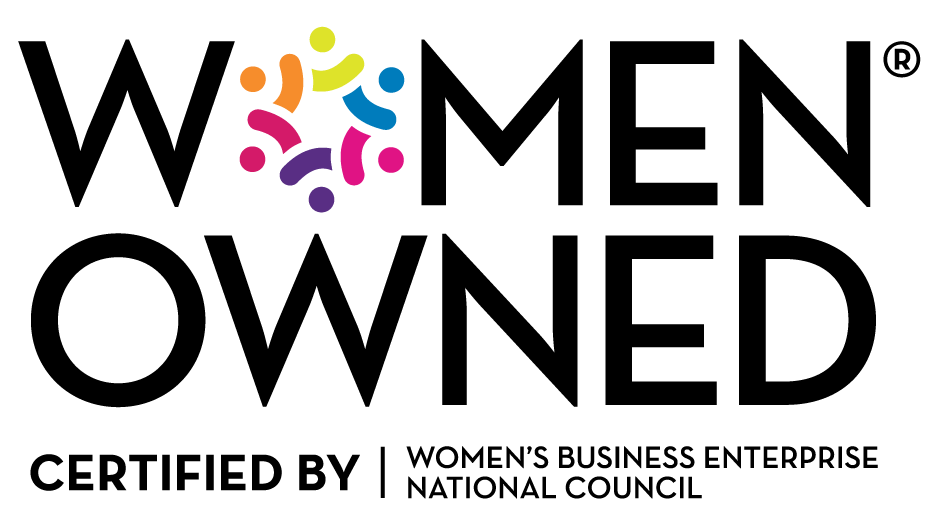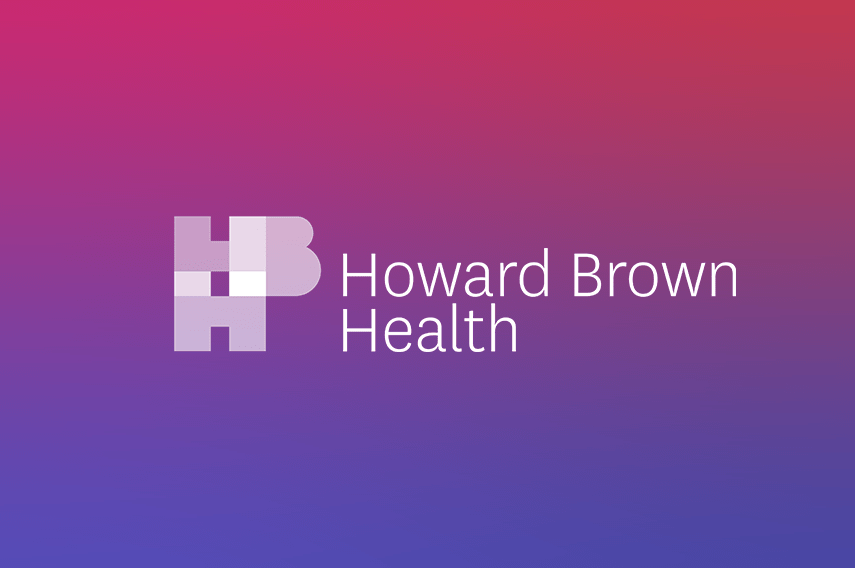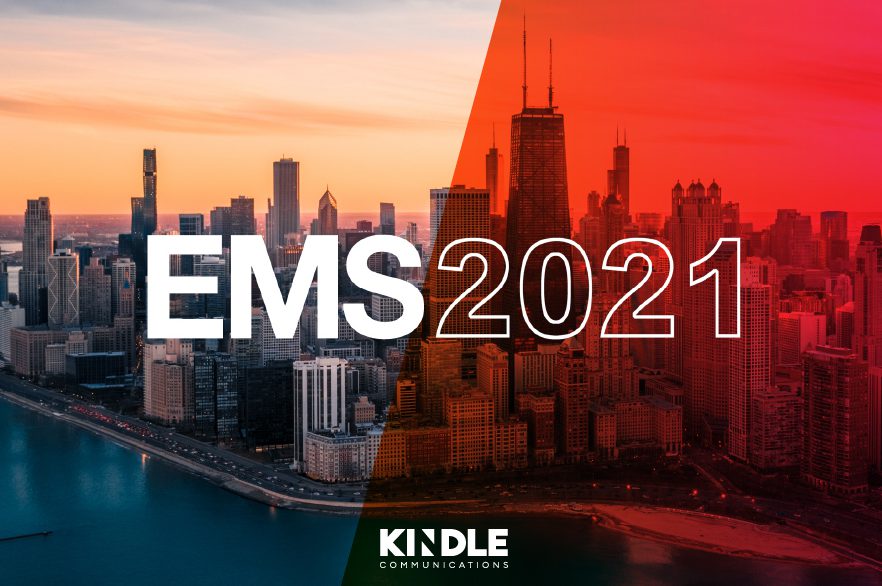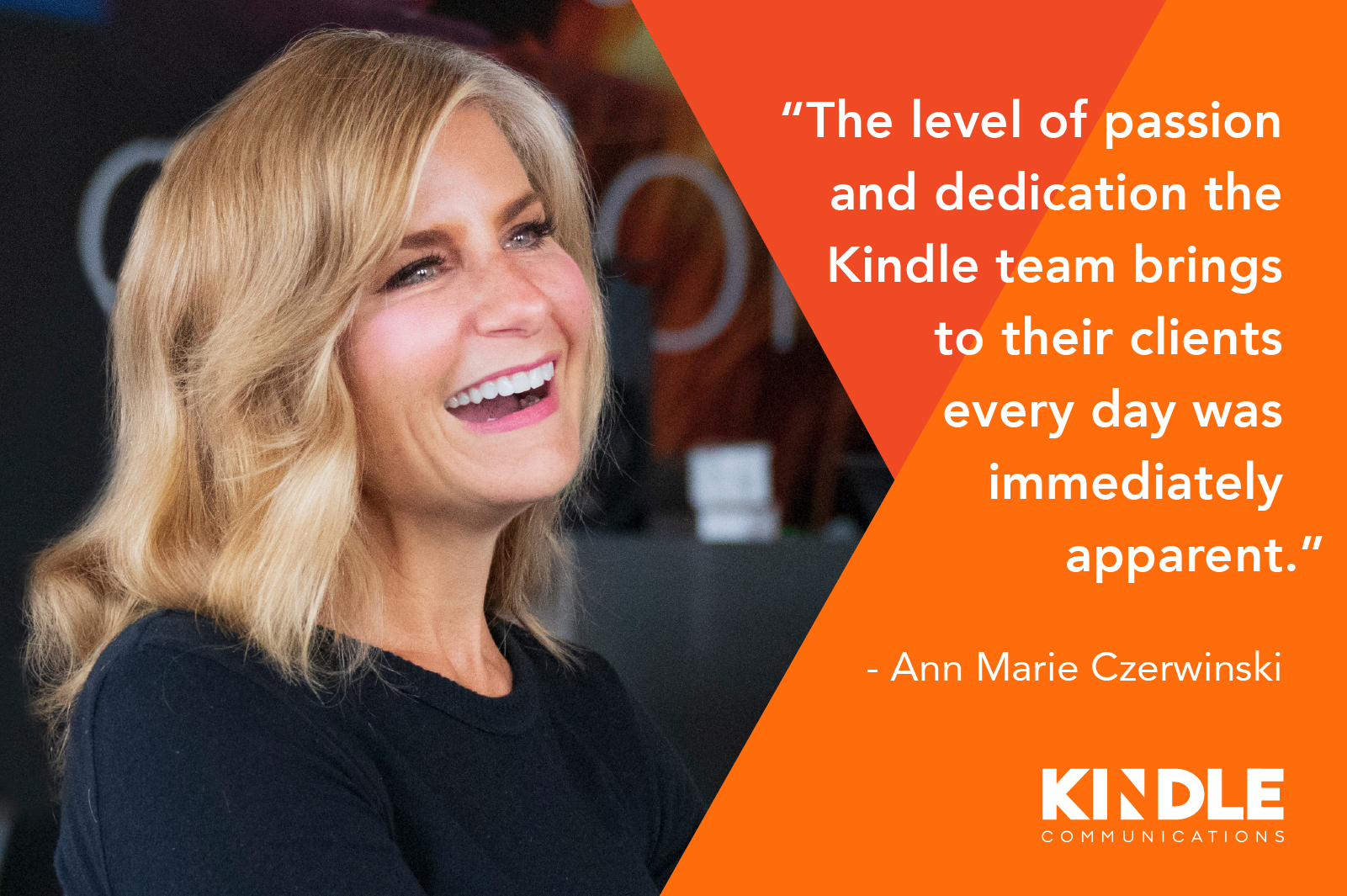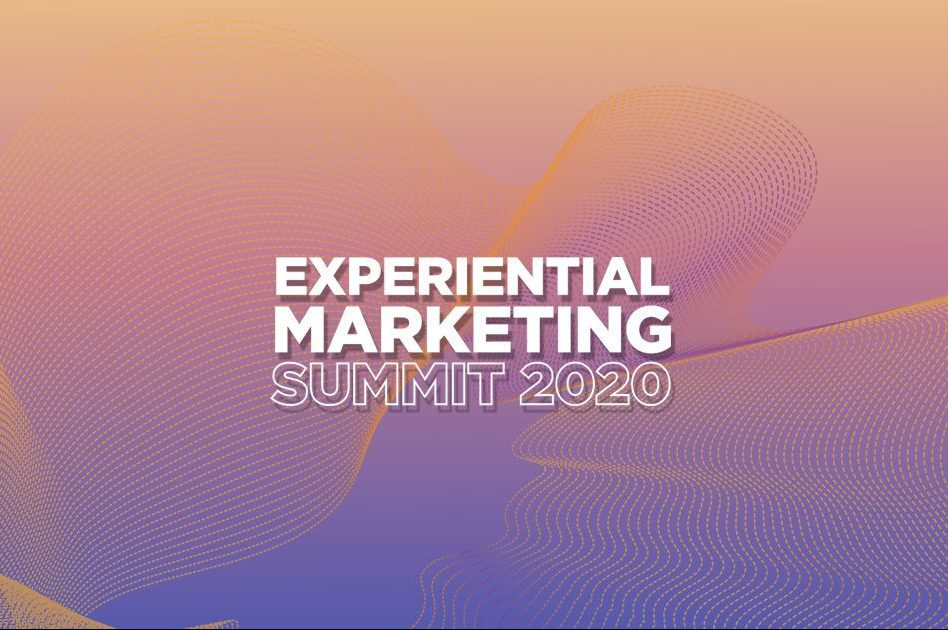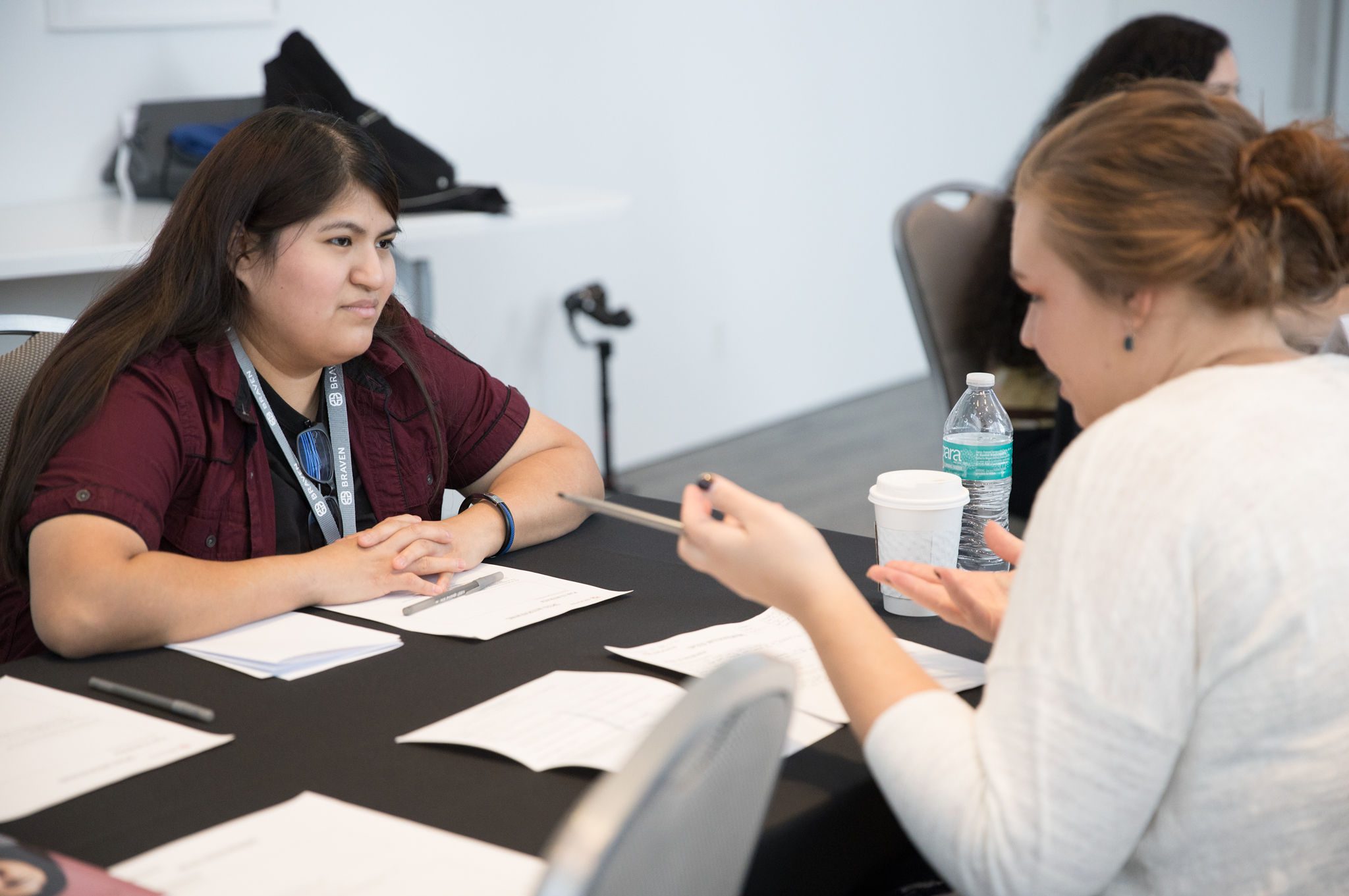7 Tips to Inform Your Virtual Event Measurement Strategy
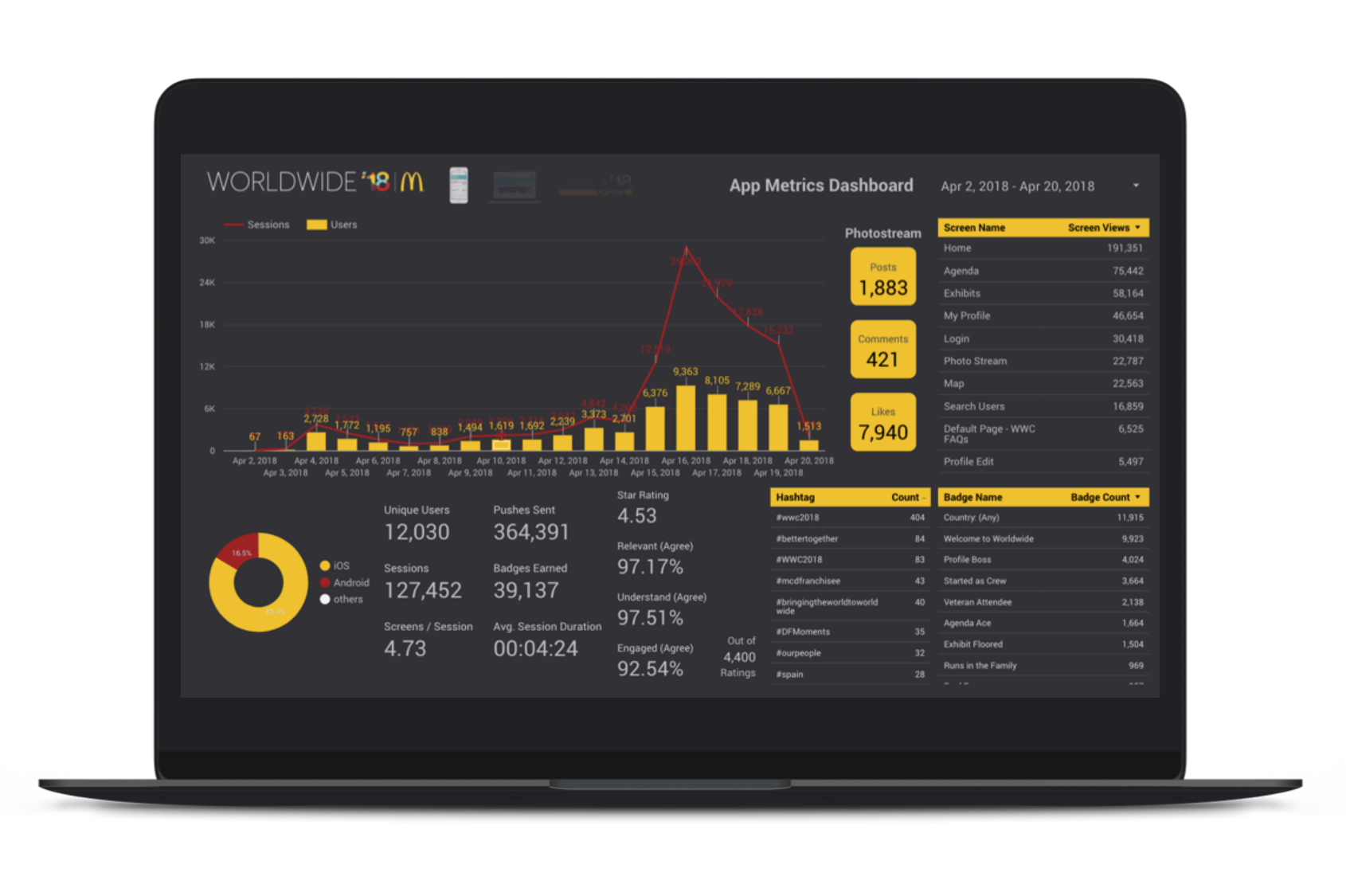
Measurement lives, breathes and brings validity. In a virtual event, it’s not just a nice to have—it’s the surest way to a brand or stakeholder’s heart.
It goes without saying by now, virtual will never be pushed to the back burner again. Virtual components unlock more than expanded reach but also the vast amount of audience insight you can gain. Collecting as much data and measurements as possible only helps inform your future strategies – including when live in-person events return. Virtual has given us a much different understanding of how our audience is engaging with various elements and what impact a company’s event initiatives are having on goals and objectives.
At the forefront of any campaign or event initiative, develop a comprehensive measurement plan that’s informed by your goals and objectives. Ensure you’re tracking every touchpoint over the campaign period, using KPIs that make sense, assessing over time and analyzing what these collective inputs mean to better uncover insights that inform and inspire future strategies.
Take a deeper dive into our list of virtual event measurement must-knows, informed directly by our very own internal expert, Sami Ari, who focuses on analyzing results to inform future strategies, and always delivering ROI to those who need to see it most.
1. Start with the full picture. No one has ever done just one virtual event or just one communication campaign. There’s always a before, and usually an after. So, zoom out. There’s no greater flex than basing your next event or campaign on metrics that tell you exactly what worked—and what didn’t—last time around. Did you monitor high engagement from your gamification strategy? Make sure to include a gaming component again. Also, make sure you’re not leaving any stage out. Think in terms of pre-, during- and post-event measurement to assess audience behavior and the attendee journey at full scale.
2. Objectives drive metrics. If you’re wondering what to measure, go back to your event or campaign objectives. If you want to drive learning retention, metrics should be focused on how many videos/trainings were completed, or the percentage of correct answers during a quiz or certification. If your goal is attendance, measure the attendance rate/drop-off rate. If you want to drive engagement around a particular topic, your plan should center around clicks, dwell time and task completion.
Meeting objectives are your measurement north star, and if you ensure metrics ladder up to objectives at the forefront of any virtual event or campaign, you can evaluate effectiveness and progress toward your objectives along the way.
3. Eyes on the prize. What’s the biggest benefit of a thoughtful virtual event or campaign measurement plan? With the right measurement approach, you really get to know your audience and can pivot to reach them more effectively if/when necessary. Nothing is more important than understanding the needs, challenges, behaviors and interests of your target audience.
The ability to collect all of this data through a strategic measurement plan will only help better inform future initiatives, allow you to adjust in real-time, and be more purposeful in your tactics to drive real results. Even if setting aside time in the beginning to map out a comprehensive measurement plan seems cumbersome, focus on the value it brings you at the end.
4. Basic but mighty. A measurement plan allows you to do four simple but powerful things before, during and after your event:
- Make real-time changes
- Adjust future events
- Tweak other aspects of communications surrounding the event
- Generate a report card—a performance snapshot—for stakeholders following the event.
Make your event measurement plan actionable to make the most out of the data you collect. Develop a post-event action plan that maps out how you’ll analyze the information, turn it into actionable insights, execute those against your future strategies and deliver to key decision-makers. There’s no use putting effort against collecting so much data if you’re not going to do anything with it.
5. Every action warrants a reaction. Your best shot at maximizing engagement is to measure from the very start. As early as the very first email or calendar hold, you can track open rates. But what your audience does after they open your email is important. Did they follow the call to action you wanted them to? Let’s say you get a 100 percent open rate and but only a 30 percent click rate. That information tells you to send more communications to this audience and explore different ways to entice them to perform the action you desire—like registering for your event—in future communications.
Alternatively, is there another channel you could use to reach them more effectively? Do you need to reach out more or less frequently? What will you do differently going forward? Everything your audience does is a clue to what your next step should be to sustain engagement.
6. Synthesize! Then tell your story. You will end up with spreadsheets on spreadsheets of numbers. Your immediate task will be to decide which metrics mean most to you and to your stakeholders and then to visualize how to tell them your story of success. Most of us are not adept at deciphering data at a glance, so taking all that raw data and turning it into a story that connects with the audience in a concise but engaging way is one of the important things to do.
7. Holler back. Everyone reports to someone, and nothing reports back objective success like a piece of paper showing tangible results. Once you’ve found the right metrics and the right format, put that story in the right place. Provide your stakeholders with a valuable post-event report card that reveals any or all of the following: Attendance, engagement, completion, retention, in-the-moment response, after-the-fact feedback.



